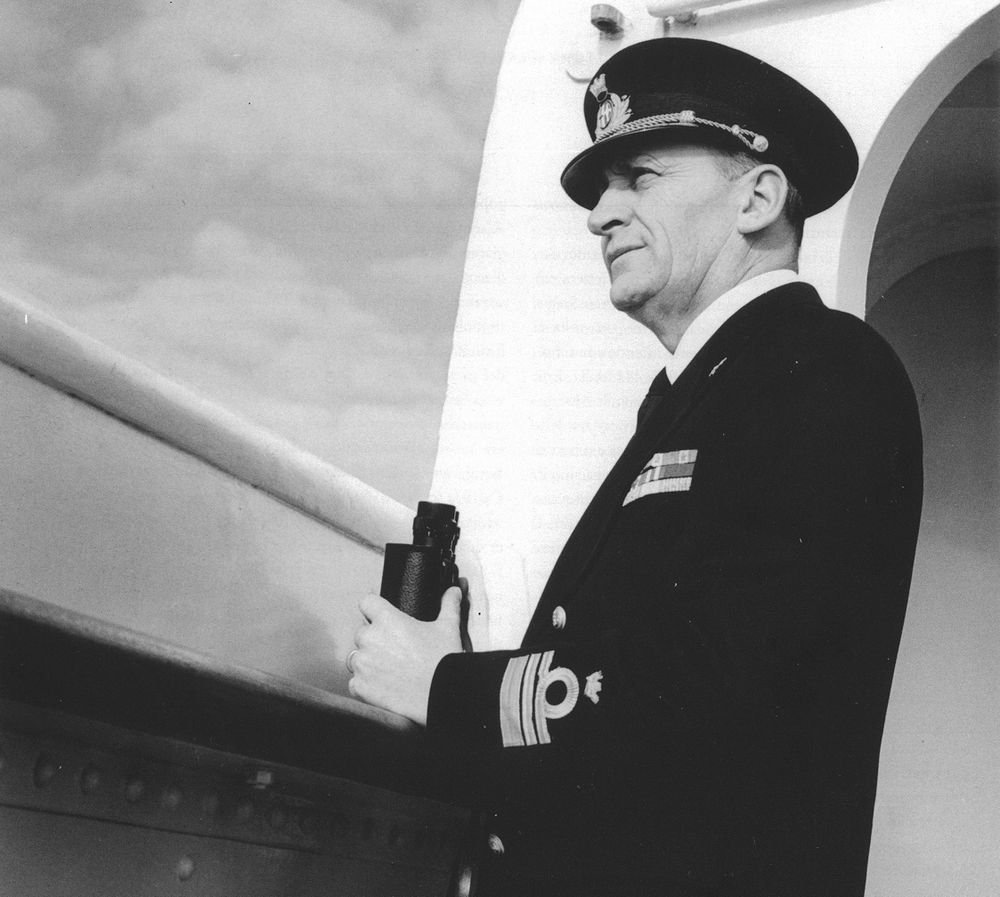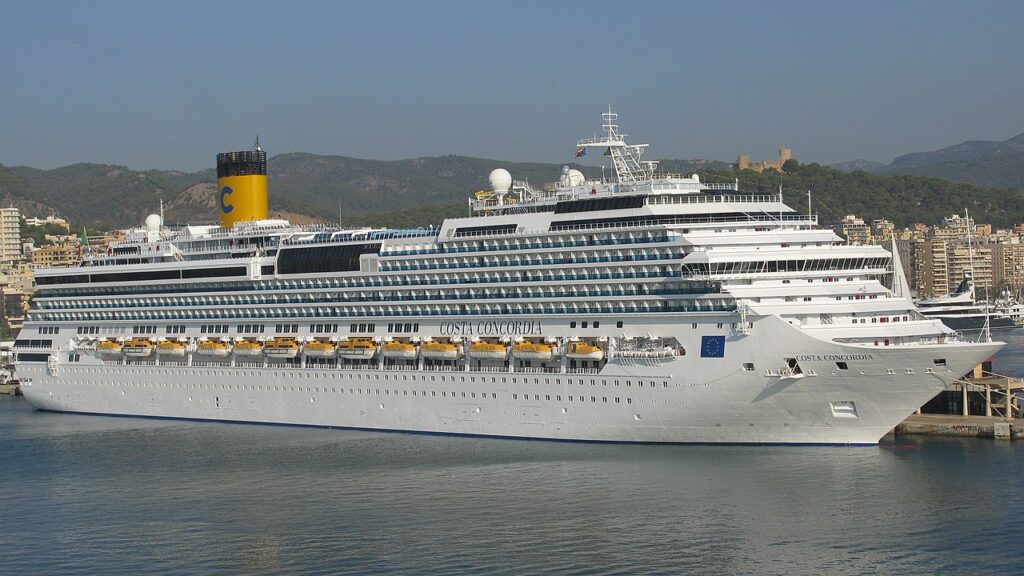My family and I spent a week on a cruise to Bermuda last week. We haven’t taken ship for over thirty years and much has changed. Ships have turned into amusement parks and dining is now an international lovefest. Bars, shopping malls, casinos, and spas can satisfy any itch. Open balconies have replaced portholes. Compulsive smokers are treated like bilge rats—you can be fined $250 for puffing in your cabin or balcony.
Many of you probably know more about today’s cruising than me, but the whole industry is a far cry from the 1977-83 series The Love Boat and even farther from the 1950s TV series Oh, Susanna (actress Gale Storm played the Oceanic’s social director, limited to arranging shuffleboard matches and calling out Bingo numbers.
We took the Norwegian Line, but it was Norwegian in name only. The captain was Swedish, the chief of staff was Polish, and the hospitality manager was Indian. In fact, 63 national groups served our every need but Filipinos and Indonesians seemed to predominate. English was the second language of every department, a strain to understand. The one native English speaker on board appeared to be the Social Director, an American – thank God!

Back in the old days, a nation’s cruise ships were manned by its own nationals, from captains to chambermaids. Passengers got the full ethnic showcase, including cuisine. Of all the various ethnic cuisines aboard our Norwegian Joy, Scandinavian food was noticeably missing. The closest we came was a breakfast bagel with smoked salmon. Nevertheless, with numerous restaurants and buffets (or should I say smörgåsbord?) to pick from, it wasn’t missed.
The historian in me led me to reflect on memorable Italian cruises that didn’t end well. As a 9-year-old I vividly recall the sinking of the Andrea Doria after colliding with the Swedish ship Stockholm in 1956. Blame fell on the Italian ship and Captain Piero Calamai for not slowing down in the fog. However, subsequent evidence pointed to an incorrect setting on the Stockholm’s radar screen which placed Andrea Doria 14 miles away when the ships were actually only 4 miles apart. Had neither ship turned from its heading, they would have passed each other uneventfully. Unfortunately, 51 passengers died on the Andrea Doria. Captain Calamai oversaw the rescue of the remaining 1,200 and was the last to abandon ship.

Not so heroic was Captain Francesco Schettino of the Costa Concordia in 2012. That captain ran his ship onto the rocks while deviating from a required course while passing an Italian island. He blamed his map and his helmsman who was Indonesian and spoke no Italian (really?). Prosecutors claimed he was showing off his nautical skills to his 26-year-old mistress who was on the bridge at the time. To make matters worse, Schettino was among the first to abandon ship. The enraged commander of the Italian Coast Guard overseeing the rescue ordered Schettino by radio to re-board his foundering ship (“Vada a bordo, cazzo!” “Back to your post, prick!”) But Schettino declined. Thirty-six passengers and crew died that night. Schettino is serving 16 years in a Rome prison.
Cruising is ultimately about seamanship not hospitality. -JLM




Recent Comments